- Overview
- Trip Outline
- Trip Includes
- Trip Excludes
- Gallery
- Reviews
- Booking
- FAQ
Day 1: Cairo - Aswan (Flight - Nile Cruise)
Our ship awaits us to bring us closer to the world of the pharaos. We visit the High Dam and the Temple of Philae. The Aswan Dam, or more specifically since the 1960s, the Aswan High Dam, is one of the world's largest embankment dams, which was built across the Nile in Aswan, Egypt, between 1960 and 1970. With a reservoir capacity of 132km³, the Aswan High Dam provides water for around 33,600km² of irrigation land. It serves the irrigation needs of both Egypt and Sudan, controls flooding, generates power, and helps in improving navigation across the Nile. Dedicated to the goddess Isis, the Temple of Philae is located in a beautiful setting, landscaped to match the original site of the temple when it was relocated by UNESCO after the building of the Aswan Dam threatened the site. The temple has several shrines and sanctuaries such as Trajan & Rsquo;s Kiosk or Pharaoh's Bed.
Optional: Nubian Village
Dinner on board including a Nubian show.
Overnight in Aswan on your boat MS/ King Tut or similar. (L/D)
Day 2: Kom Ombo – Edfu (Nile Cruise)
Breakfast on board. We are sailing to KomOmbo and visit the unique double temple dedicated to the gods Horus and Sobek. The Temple of Kom Ombo is an unusual double temple in the town of Kom Ombo in Aswan Governorate, Upper Egypt. It was constructed during the Ptolemaic dynasty, 180–47 BC. Some additions to it were later made during the Roman period. Lunch on board.
The boat departs heading for Edfu. Enjoy the passing river landscape. Edfu awaits you and the well-preserved Temple of Horus from the Ptolemaic period. It is the second largest temple in Egypt, only Karnak is bigger! The Temple of Edfu is an Egyptian temple located on the west bank of the Nile in Edfu, Upper Egypt. The city was known in the Hellenistic period in Koinē Greek: Ἀπόλλωνος πόλις and in Latin as Apollonopolis Magna, after the chief god Horus, who was identified as Apollo under the interpretatio graeca. It is one of the best preserved shrines in Egypt. The temple was built in the Ptolemaic Kingdom between 237 and 57 BC. The inscriptions on its walls provide important information on language, myth and religion during the Hellenistic period in Egypt. We set sail to Luxor. Dinner Overnight on your boat MS/ King Tut or similar. (B/L/D)
Day 3: Edu - Esna - Luxor (Nile Cruise)
Breakfast on board. The former capital Luxor is a true treasure of Egyptian antiquity and world famous since Howard Carter discovered Tutankhamun's tomb. Enjoy the famous Valley of the Kings where you will visit three different tombs. In the extensive area you can use an electrically operated train as a means of transport.
Your local guide will explain the importance of the tombs in front of each tomb. In order not to damage the valuable tomb paintings, there is no explanation in the underground facilities. A short drive takes you to the Valley Temple of Queen Hatshepsut. The extensive temple complex is built into the rock and impresses every visitor with its monumental presence. The terraced complex offers magnificent views of the east side of the Nile and Luxor city. On the way back to Luxor, make a stop at the silent guardians of the so-called "
Memnon Colossi". Lunch on board
After a lunch break, another highlight awaits: the grandiose temple complex of Karnak. The largest temple complex in Egypt extends about 3 km northeast of Luxor near the place of the same name and mainly includes the large Amun temple, the sanctuary of Chon and the festival temple of Tutmosis III. The complex appears extremely opulent and its architecture reflects the pharaohs' desire for immortality. Dinner on board Disco and Music – Overnight in Luxor on your boat MS/ King Tut or similar. (B/L/D).
Day 4: Luxor - Kharga - Dakhla
Breakfast on board – check out from cabin and disembarkation.
Optional: Hot Air Balloon Trip
Today we leave the realm of the southern pharaos and embark on a journey through the majesty of the Western Desert. Silence, space and peace accompany us on the journey towards the oases of Kharga and Dakhla. Close to Kharga we have a stop-over at El Bagawat and the Temple of Hibis. El Bagawat, is an ancient Christian cemetery,
one of the oldest in the world, which functioned at the Kharga Oasis in southern-central Egypt from the 3rd to the 7th century AD. It is one of the earliest and best preserved Christian cemeteries from the ancient world. The Temple of Hibis is the largest and best preserved ancient Egyptian temple in the Kharga Oasis, as well as the only structure in Egypt dating to the Saite-Persian period (664–404 BCE) which has come down to modern times in relatively good condition. Located about 2 km north of Kharga,it was devoted to a syncretism of two local forms of the deity Amun: "Amun of Hibis" and "Amun- Ra of Karnak
who dwells in Hibis". It is alternatively believed to be dedicated to Amun and Osiris, its sanctuary contains depictions of hundreds of Egyptian deities.
Finally we arrive at the oasis of Dakhla, a special place as well. Dakhla Oasis is the southernmost oasis of Egypt - and it was historically located in the center of an important caravans trading route that linked the Dakhla not only to the Kharga and Farafra Oases but only to the Nile Valley in the West and as far to the east as Libya. As opposed to the other oases in Egypt, more than half of the lands of Dakhla Oasis are agriculturally cultivated. This is because Dakhla Oasis is rich with a large number of water springs like
"Bir Talata" (well number three) and "Bir El Gabal" (the well of the mountain). These freshwater springs have become the most popular tourist attractions in Dakhla Oasis because of their wonderful warm water and relaxing atmosphere.
Overnight in the Hotel Desert Lodge or similar. (B)
Day 5: Dakhla - White Desert
Let's walk through the oasis and explore its special charme. El-Qasr is a small village in El-Dakhla Oasis. The village itself is an interesting place to visit since no big change has been made to it since the ancient times. In different corners of the village, archeologists found a pottery factory, an old corn mill, as well as various Roman, Mameluke and Ottoman remains. The Mosque and Madrasa of El-Qasr Both the Mosque of El- Qasr (also known as Nasr el-Din Mosque) and the Madrasa (Quranic school) date back to the Ayyubid Period (c. 1000 AC).
Deir el-Hagar, the ‘Monastery of Stone’, is a sandstone temple on the western edge of Dakhla Oasis, about 10km from el-Qasr in the desert to the south of the cultivation. In ancient times it was known as the ‘Place of Coming Home’, or ‘Set-whe’. After being buried in debris and sand for many centuries by the huge dune that can still be seen to the south, the temple has been uncovered, restored and partially reconstructed during the 1990s by the Dakhla Oasis Project with the Supreme Council of Antiquities and is now open to visitors. But to crown the day, the pass now leads us to the famous White Desert.
Also known as the Great Rann of Kutch, the White Desert is a vast area of pristine white salt desert often explored for its natural beauty and ecological importance . It is also called the world's largest salt desert which stretches from the mouth of River Indus to the Gulf of Kutch. Enjoy a night under the stars where legends come true.
Overnight camping in White Desert N. P. (B/D)
Day 6: White Desert - Bahareya Oasis
There is a lot to see:
The Crystal Mountain is an obligatory stop for adventurous safari tours in the Oases of Egypt in the White desert. A small natural arch in the rock and the glittering calcite crystal walls make it a perfect place to pose for photos. This is what geologists call an exhumed cave , a cave complete with stalagmites and stalactites that has been thrust upwards by earth movement and with time has lost its roof to erosion and has almost weathered away.
Such as life - also the desert is black and white. A little to the North of the White Desert, the Black Desert is closer to Bahariya than Farafra; approximately 50 km to the South of Bawiti. The mountains have eroded to coat the desert with a layer of black powder and rocks giving it its name. Finally we reach the last oases - Bahareya
Bahariya Oasis may not literally be the moon, but the landscape is so surreal and constantly changing, it feels close enough to the experience. Situated in a 100km by 40km (62 by 25 miles) depression and completely surrounded by high black escarpments, Bahariya is a natural treasure of Egypt and well worth visiting.
Overnight in Bahareya (Old Oases Hotel or similar) (B/L)
Day 7: Bahareya Oasis - Cairo
We are heading back to Cairo
Take an evening stroll through the city lights or watch the hustle and bustle from a street café.
Overnight in Pearl Hotel or similar. (B)
Day 8: Hotel - Airport
After breakfast: Airport transfer – Flight back home (B)
- Private Tour
- National Flight (Cairo - Aswan)
- Accommodations 4 Nights Hotels.
- Accommodations 3 Nights Nile Cruise
- Meals 7 B / 4 L / 4 D
- Nile Cruise Aswan - Luxor
- Entrance fees for all the sites mentioned in the program.
- Guidance & Organization.
- All transportation like mentioned.
- International flights
- Visa fees
- Drinks in restaurants and hotels
- Meals not mentioned.
- Tips for the guide and staff.
- Travel insurance or any kind of insurances.
- Anything that is not mentioned in the program.
- Optional programs.
No Details Found



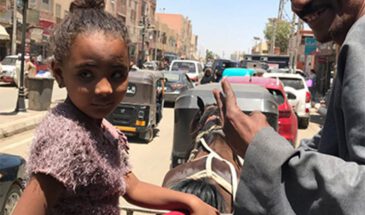

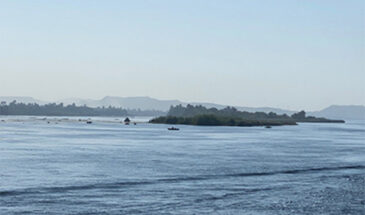
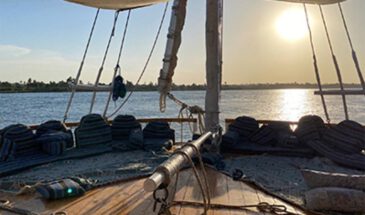
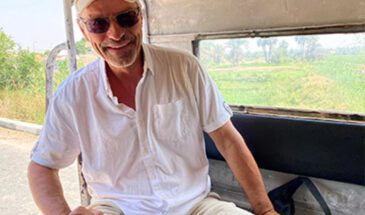


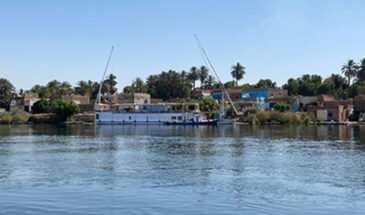
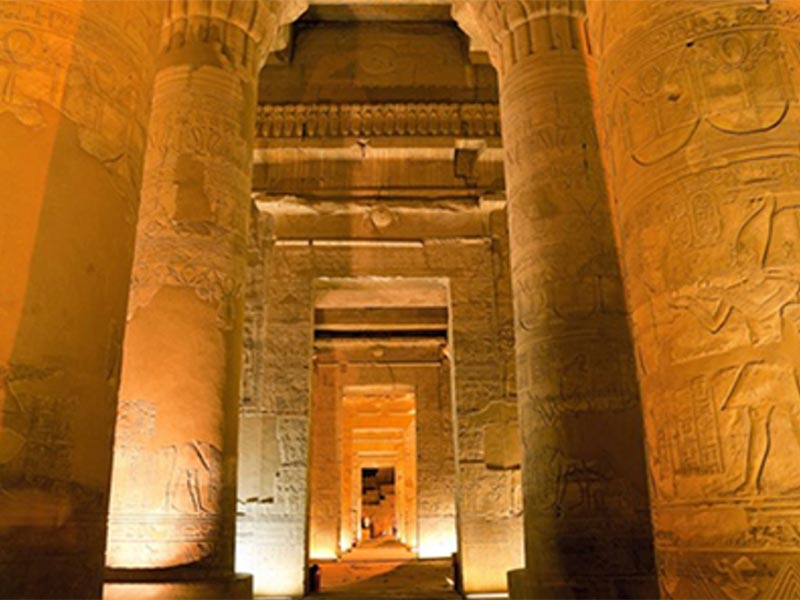

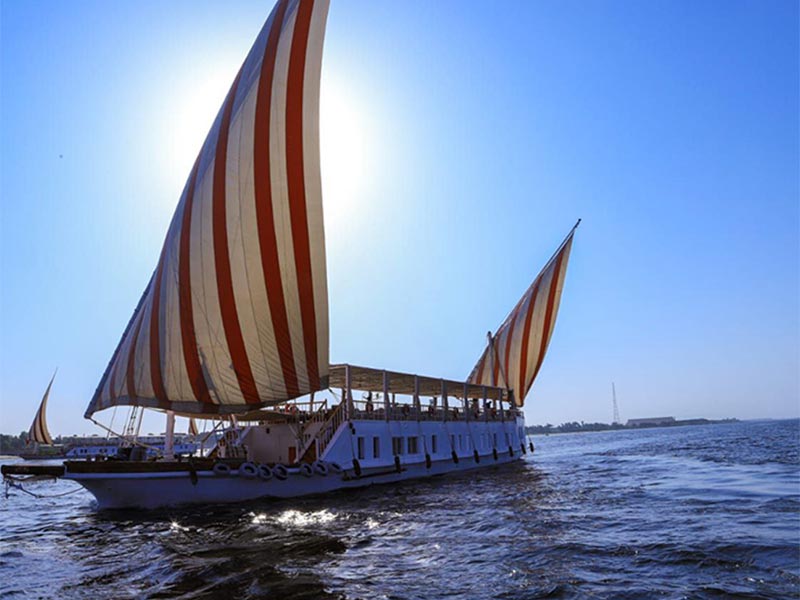
There are no reviews yet.